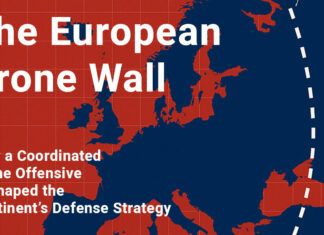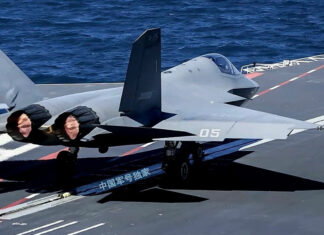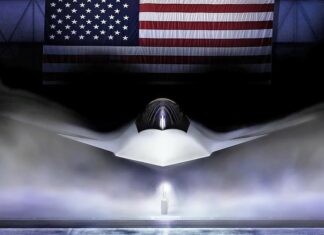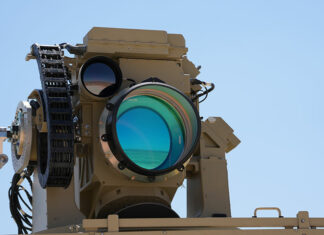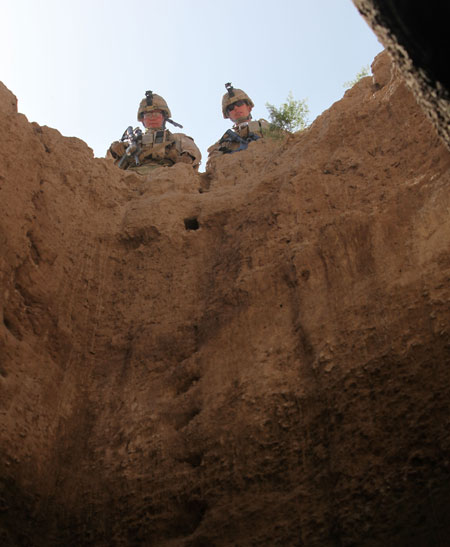
Underground warfare is not new. Since ancient and medieval times warfighters have often used subterranean passages, natural or man made, to gain access into enemy fortifications and escape siege. In modern times, underground warfare has been utilised primarily in guerrilla, enabling a weaker side to combat militarily superior opponent, taking advantage of tunnels, caves and other underground infrastructures prepared in advance as part of an orderly military strategy.
This is the abstract. The full article is available exclusively to Defense-Update members

In recent years tunnels and subterranean infrastructures have been exploited by insurgents, particularly by Iraqi movements fighting the coalition forces, and later the Iraqi Army and Police, as well as Afghan rebels – Taliban, operating in Afghanistan and Northern Pakistan. India has also experienced the risks of cross-border tunnels (CBT), particularly in Kashmir. Islamic movements inspired by Al Qaeda, and Iranian backed Hezbollah in Lebanon, Hamas and Islamic Jihad in Gaza, are also relying on extensive networks of tunnels to offset the superiority of modern armies. Un Gaza, the Palestinians have built an ‘underworld’ – a tunnel complex providing commercial and military supply lines, security, command, control and communications infrastructures as well as means of attack against Israel. These tunnels are enabling small teams of terrorists to infiltrate into Israel, unbound by the physical obstacles of the border fence, ground-based surveillance and remotely controlled weapons and constant aerial surveillance.
Subterranean networks are also exploited by drug cartels in Mexico for narco-traficking into the USA. A byproduct of this network is also a flood of illegal immigrants and transport of contraband into the USA.
Tunnel networks stretch well beyond the Middle East, however. In southern Afghanistan, Taliban fighters have used them to hide weapons and to disappear after ambushing U.S. and Pakistani forces in North Waziristan (as seen in the video above). Along the US southern border with Mexico, tunnels have been used to smuggle narcotics and people into the United States.
Other articles in this series:
- Tunnel warfare – a short history
- Israel’s campaign directed at Gaza’s tunnel infrastructure
- The military needs better technologies for subterranean operations
- Operating robots underground
- Pre-order the ‘Fighting Underground’ e-book (special offer: $9.95)








